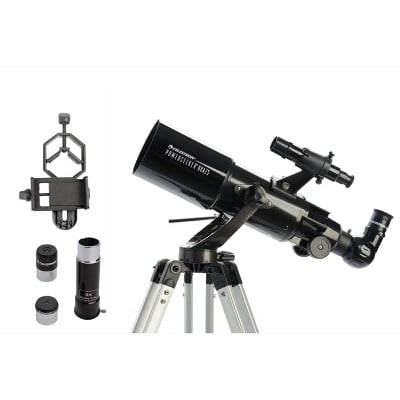

Science topics that are currently being or will be investigated at RO include: rotation periods of binary asteroids, long-term dust-production behavior of comets, photometric monitoring of variable stars, and exoplanet transits.Our lawn is at an elevation of 60 feet, though the telescope itself is at about 77 feet above sea-level. You can purchase a virtual daily permit here. UCF Parking permits or virtual daily parking permits are required. There are a couple of small parking lots within a 500 feet of Robinson Observatory. Headlights temporarily impair our guest’s night vision. The observatory’s location on campus can be identified from UCF’s own campus map we are Building 74.Īs you turn on to Ara Drive and approach the observatory, if an event has already begun, we ask that you please slow down to 5 mph and turn off your headlights. ‘plus code’) is 76WWHRR5+MP here it is on a Google Map s. So please use results from these mapping websites with caution. Some websites will not even come close, mistakenly putting this location in the Avalon Park neighborhood (a neighborhood that also happens to have a street named “Ara Drive”) that is several miles south of UCF, nowhere near our observatory. However many popular online mapping websites will identify this as a location only near the observatory, not actually at it. It celebrated its 200th anniversary in 2007.Our nominal street address is 12727 Ara Drive, Orlando, FL. The Portland Observatory is the only remaining historic maritime signal station in the United States. As an intact survivor from the Golden Age of Sail, the Observatory was added to the National Register of Historic Places in 1972, became a National Historic Landmark in 2006, and named a National Civil Engineering Landmark in 2006. The tower was saved and reopened in 2000. The City of Portland and concerned citizens collaborated with Greater Portland Landmarks to once again restore the Observatory. In 1984 Greater Portland Landmarks assumed management of the tower, opening it for regular tours. Then, ten years later, inspections revealed serious moisture damage and an infestation of powder-post beetles. Restorations were done and the tower opened to tourists in 1939.

The Observatory fell into disrepair and was donated to the City of Portland. This signal tower communication greatly increased the efficiency of Portland Harbor and the Observatory remained a working marine signal tower run by the Moody family until 1923 when the invention of the two-way radio made it obsolete. Moody informed subscribing merchants by hoisting signal flags identifying their vessels. With his powerful telescope at the top of the tower, sea captain-turned-entrepreneur Moody could identify incoming vessels as far away as 30 miles. It was a commercial venture designed to give a competitive edge to ship owners who paid Moody a subscription fee of $5.00 a year to alert them when their ships were arriving.Īt the time, ships entering the harbor could not be seen from the docks of Portland until they rounded the point of land at Spring Point Ledge and were almost in the harbor. In 1807 Captain Lemuel Moody (1768-1846), ordered construction of this octagonal, 86-foot high tower on Munjoy Hill to serve as a communication station for Portland’s bustling harbor.


 0 kommentar(er)
0 kommentar(er)
